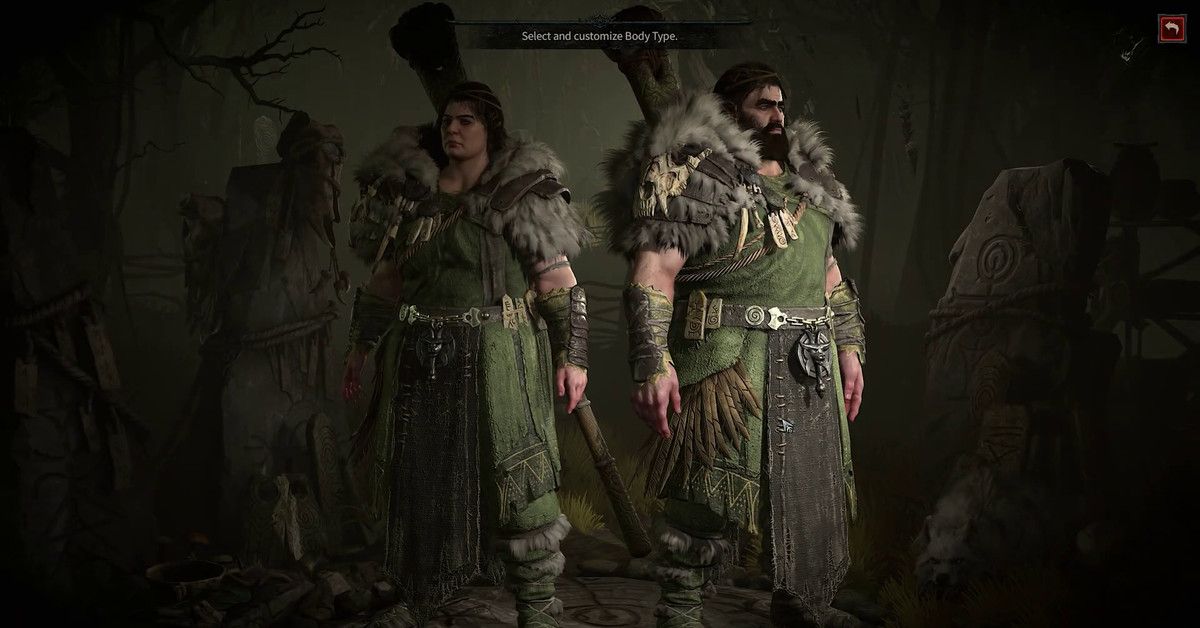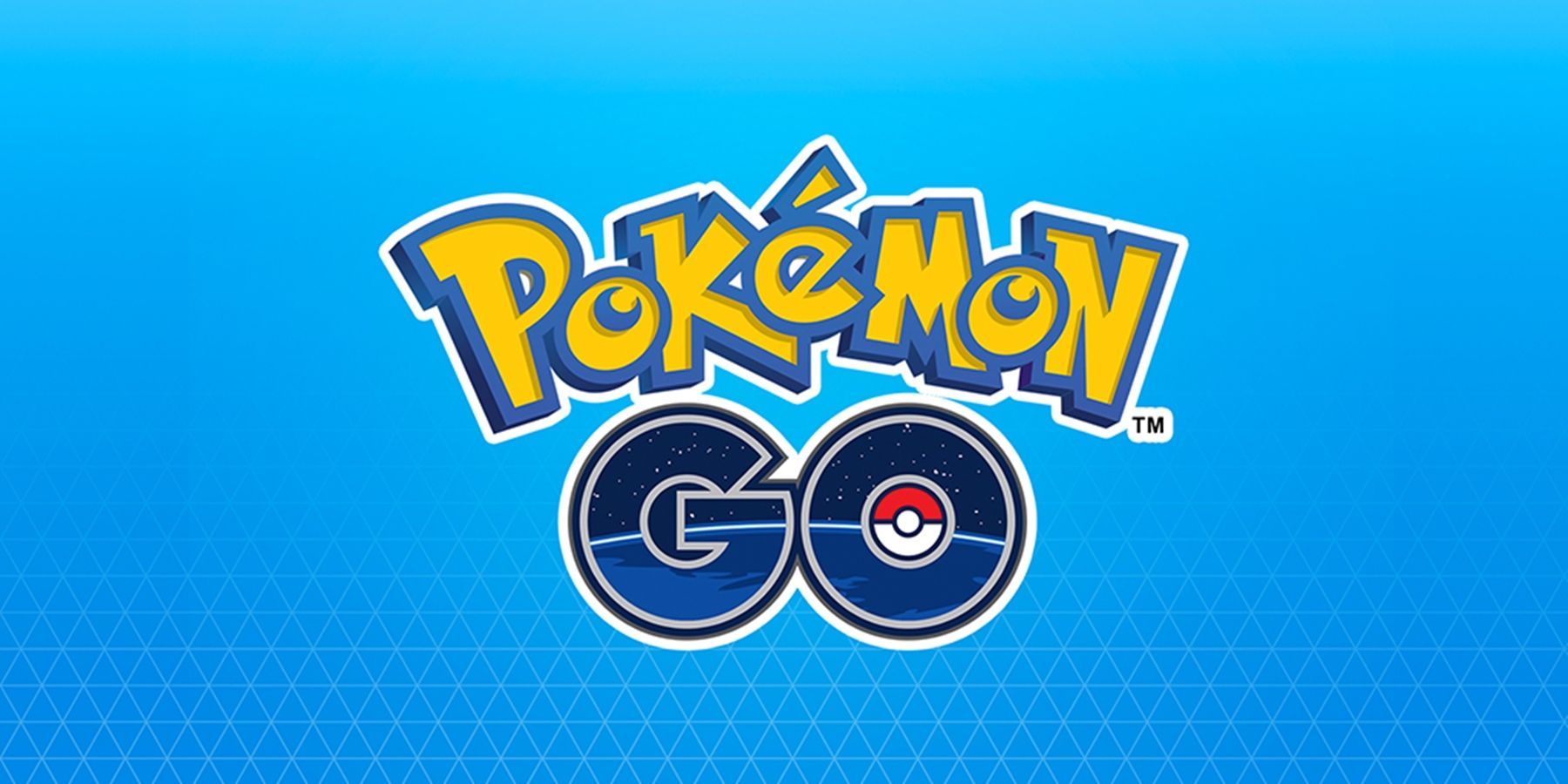Diablo 4’s approach to body types lacks imagination
Blizzard Entertainment does not have the best track record when it comes to fat characters.
Sometimes it’s a matter of leaning too hard on irritating fat character tropes: Chen in Heroes of the Storm, for example, can master the martial arts but can’t find a shirt that fits him. Priscilla Ashvane and Harlan Sweete in Battle for Azeroth encapsulate the “fat and greedy glutton” villain trope. Look at Roadhog’s… well, everything in Overwatch. Other times, it’s the complete absence of fatness: World of Warcraft players had to wait nearly 15 years for a playable race that wasn’t a wasp-waisted supermodel, a muscle bro, or a Literal Anthro Cow.
When Diablo 4 art director John Mueller claimed in 2021 that the game would have “the most inclusive experience we’ve ever made with a Diablo game,” let’s just say I tempered my expectations considerably. As it turned out, this was justified: Writing in December of last year about a preview build of the game, Polygon’s Mike McWhertor observed that while the character creator had numerous options for body paint, hairstyles, and jewelry, “[w]hat players won’t find is a wide variety of body types.”
Diablo franchise head Rod Fergusson claimed that this is because body type is closely tied, in Blizzard’s eyes, to “class fantasy,” a somewhat amorphous modern term for how the gestalt experience of playing a character — their mechanics, aesthetics, and so forth — should “feel.” In Diablo terms, the “class fantasy” of playing a Barbarian might be about feeling powerful, strong, or indestructible, whereas a Rogue’s might entail feeling as if you’re fast, cunning, and untouchable.
Class fantasy is a reasonable enough construct; from a design standpoint, we should be going into the process asking ourselves, “How should this feel?” However, Fergusson’s claims that body type and class fantasy are inextricably tied feel disingenuous. Speaking with Polygon, he said that “having a dad bod Necro or an emaciated Druid didn’t really play into the class fantasy,” and the question I might throw back at him is: Why not?
To answer this, I want to shift gears away from Diablo for a moment, and look at another game, one that was released a mere four days before. Street Fighter 6 includes a “World Tour” mode, a sort of fighter/brawler/RPG hybrid where you create a custom avatar and bring them into the SF6 universe. Your character is a newbie fighter who, over the course of the World Tour story, learns the fighting styles and techniques of SF6’s various playable characters — some new, and some familiar series regulars.
The character creation mode is impressively robust, and in a relative rarity for this industry, you can absolutely make a fat hero for World Tour. I attempted to make as best an approximation of myself as I could, something which — as a fat person in real life — often falls apart entirely, but surprisingly, I really liked the result I got in SF6. Sure, this is still a little idealized (my gams are not nearly this gorgeous), but it’s close enough for a video game.
More importantly, though, I spent most of World Tour with my character using Chun-Li’s style. This meant my fat ass was jumping off walls, doing ridiculous high kicks, throwing fireballs… all sorts of amazing fighting game chicanery. The game never once said, “Well, you’re fat, so you can learn from E. Honda or Zangief and that’s it.” Anything that a thinner or smaller avatar could do in SF6, my World Tour avatar could too.
The reason why, if I may draw on my academic day job and my own research into how games portray fatness, is because mechanically — i.e., in terms of a game’s systems and how the underlying logic works — fatness means basically nothing. We only know a character in a video game is fat because they’re made to look or “act” fat, but this is just a presentational layer we throw on top of digital skeletons. Video game fatness is entirely a thing we use like a costume or a coat of paint: an aesthetic we drape over things so that they’re read a certain way. Capcom decided in SF6 that the coat of paint didn’t really matter for World Tour; what was important was letting players “be themselves” and play the type of person they wanted to play.
The idea that some bodies are only “appropriate” for certain in-game fantasies is silly and outdated
Fergusson (or developers operating on the same wavelength), meanwhile, would have us believe that it’s just not appropriate for a Necromancer to be a little bit hefty, or for a Barbarian to be toned and taut instead of heavily muscled. But SF6 is proof that those notions make no sense. If my World Tour fighter can be a fat enby who can high-kick a man through a brick wall, why is it such a stretch that someone learning to control the undead and shoot blood from their fingers could be a little bit chubby? It’s not as if you can say, “Well, real-life Necromancers just aren’t like that,” for one, and for two, even if you could, that’s irrelevant, because a video game is a world where the very fabric of the universe — the laws of physics and how anything works — is created from the ground up by the developers.
I’m not necessarily trying to excoriate Blizzard or the Diablo 4 team here. I think it’s much more likely that you can’t play a fat Necromancer or a thin Druid because the art team wanted Necromancers to look emaciated and “wasted away,” and wanted Druids to look burly and “bearlike,” and that’s fine! It’s OK to make that artistic choice. I think it’s a little boring and expected (OK, I’m excoriating Blizzard a little bit), but it’s not exactly evil. In truth, I actually love my Druid, who looks like she used to sell Avon before she started embracing the Old Faith. She is, legitimately, one of the better attempts a Blizzard game has made at making a playable fat or chubby body, and that should be acknowledged.
It’s frustrating, however, to hear Fergusson say that a fat Necromancer just wouldn’t make sense, because it feels like trying to avoid admitting that the team just wanted Necros to look the way they look. It’s a claim that argues there’s a naturalness, or an inevitability, for certain body types and certain “class fantasies” to sync up, when that just isn’t true — the choices the Diablo 4 team made are perfectly consistent with how fantasy media has portrayed body types for countless years.
My fat and acrobatic SF6 World Tour character is proof that the idea that some bodies are only “appropriate” for certain in-game fantasies or styles is silly and outdated. I’m all for class fantasies and designing to fit them, but I think saying “a fat Necromancer or thin Druid breaks my immersion” just makes the design team’s biases obvious. There is nothing natural or necessary about the connection between body type and character fantasy, and until we accept that and start moving beyond it, it’s likely that character design in games will keep retreading old, used ground, rather than moving forward into something new and better.
Source: Polygon


